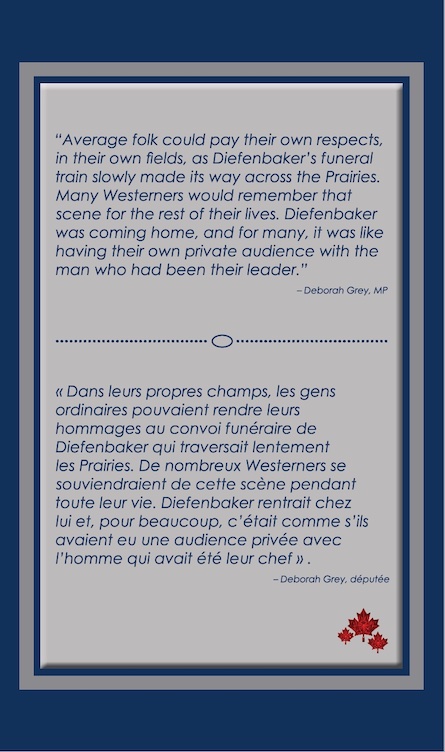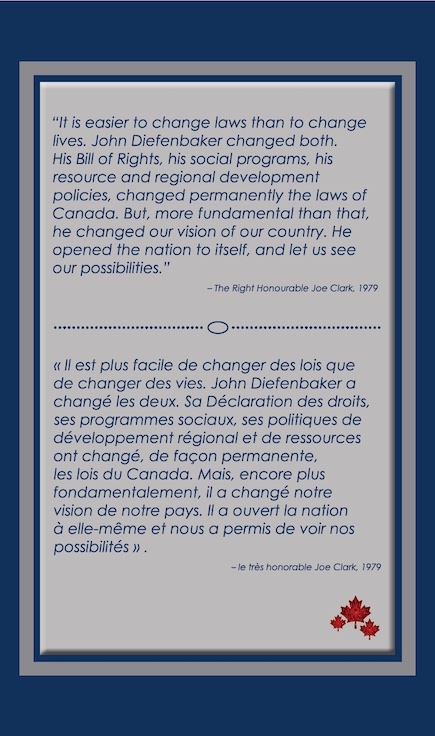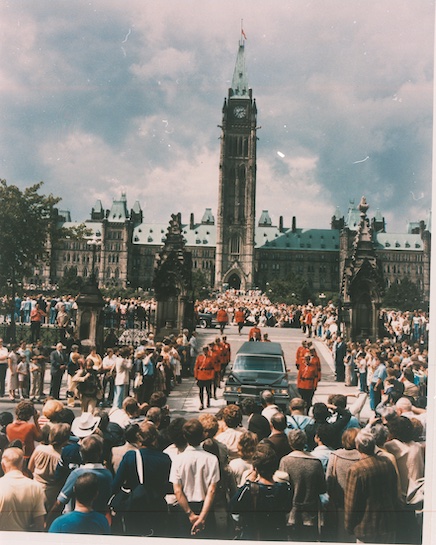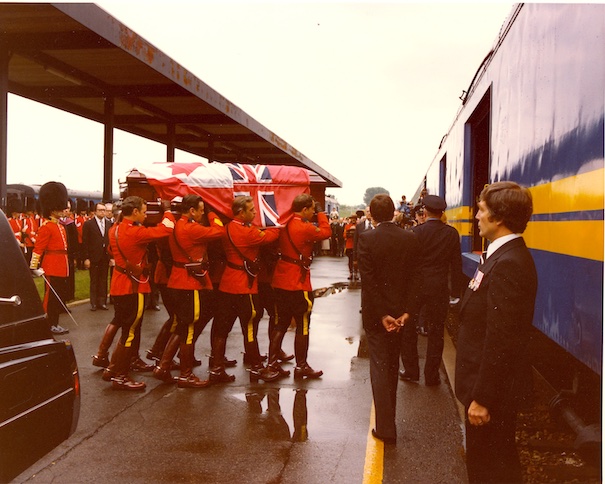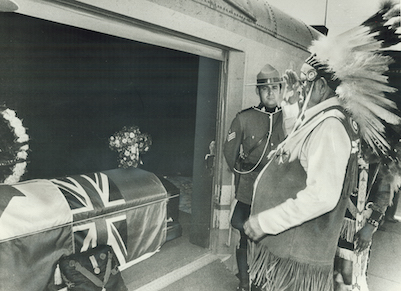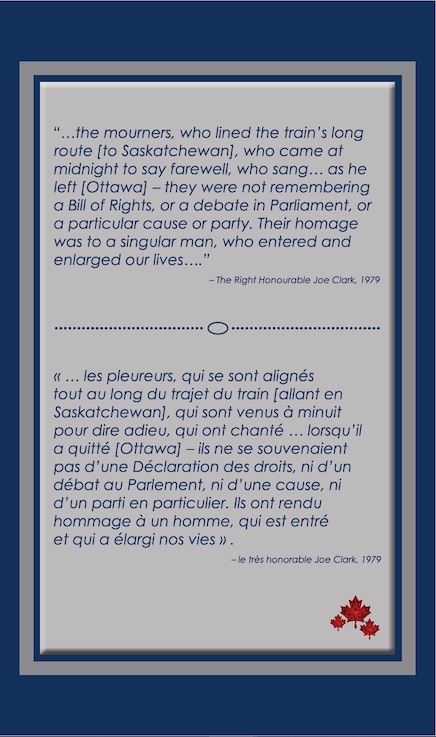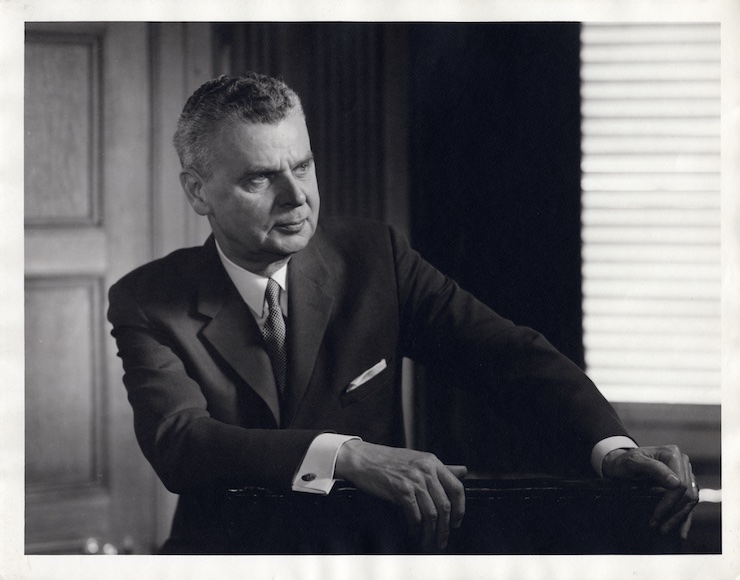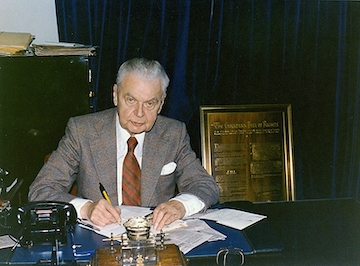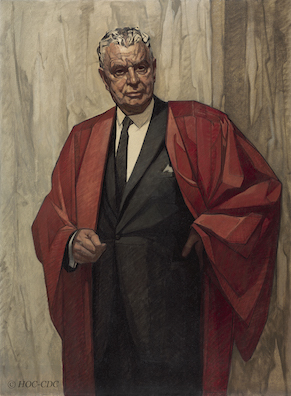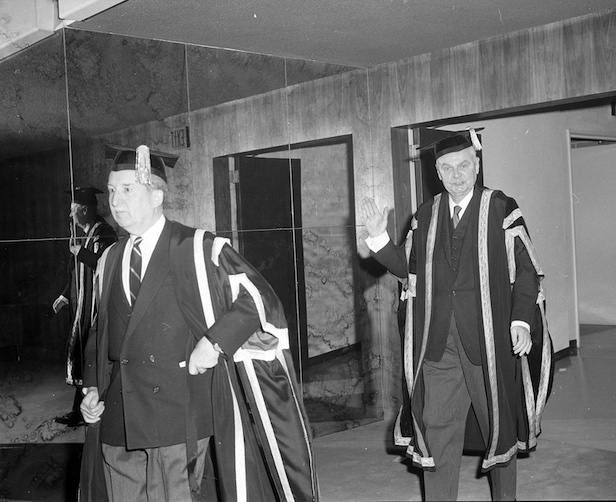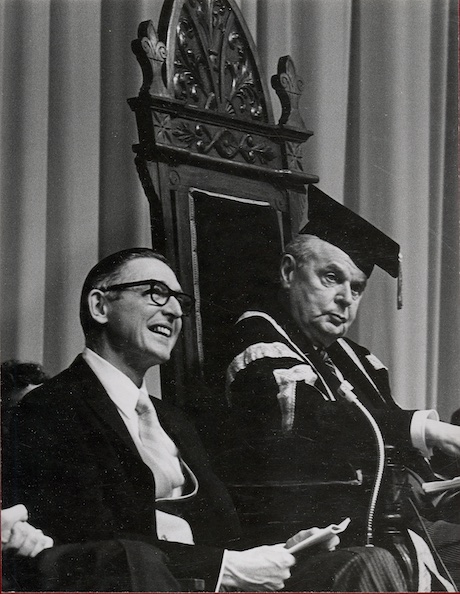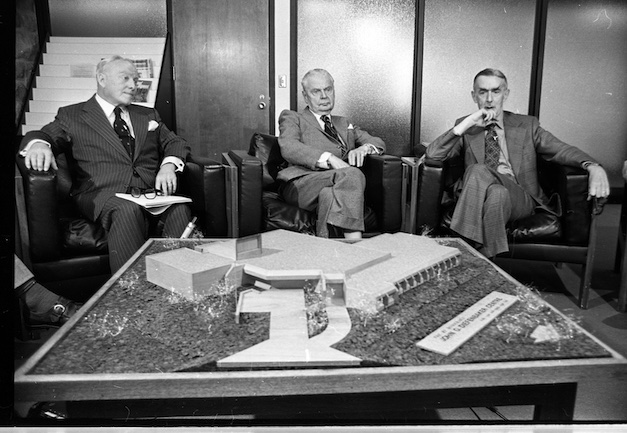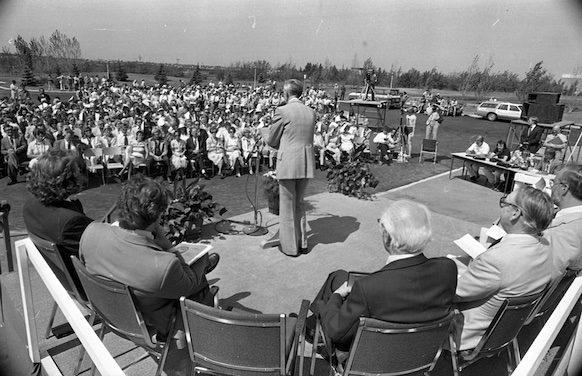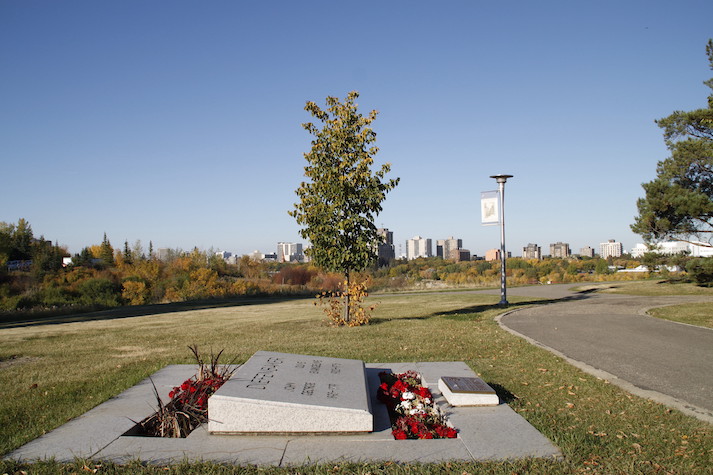Farewell to the Chief
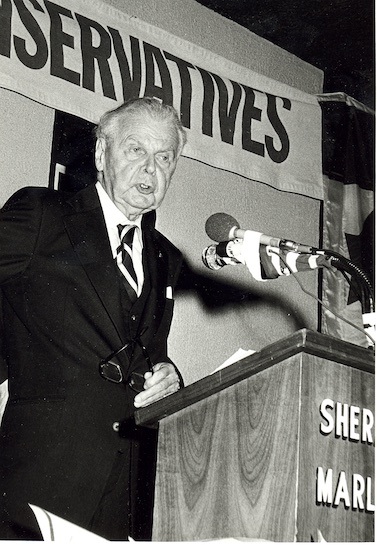 |
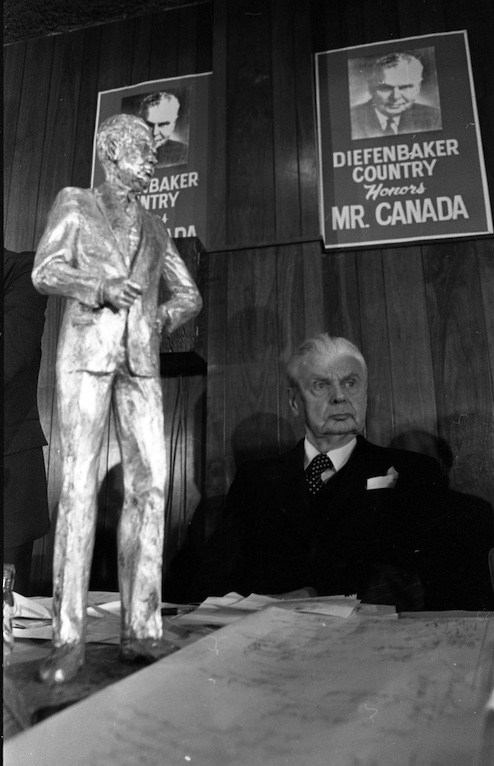 |
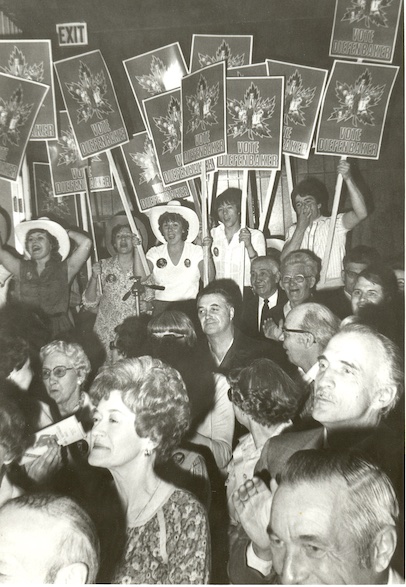 |
Diefenbaker relinquished his role as Leader of the Opposition in 1966, but continued as a Member of Parliament for the rest of his life. He was re-elected in Prince Albert in 1979; he died three months later, at the age of eighty-three. He had served as an MP for nearly forty years. To this day, Diefenbaker is remembered as an embodiment of the “ordinary Canadian.”
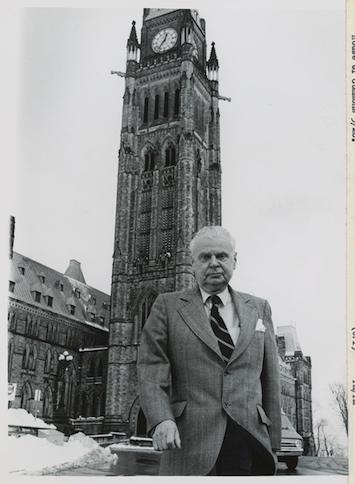 |
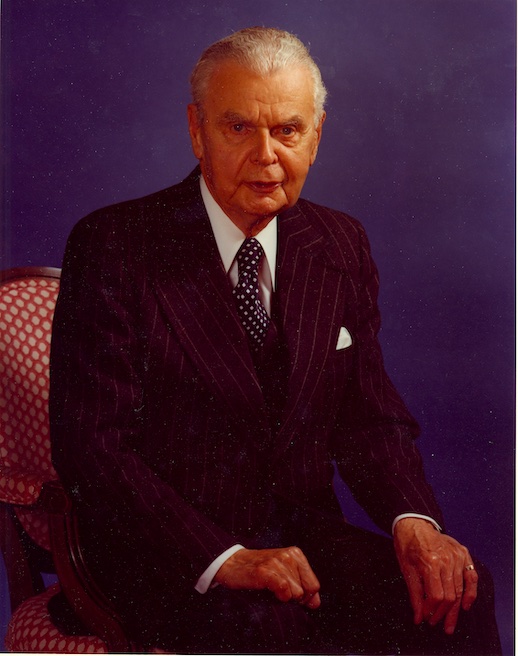 |
The Last Goodbye
In keeping with his dramatic personality, Diefenbaker meticulously planned his own elaborate funeral. After lying in state in Parliament’s Hall of Honour for three days, a train transported Diefenbaker’s body, along with Olive’s remains, to Saskatoon. The train was met by crowds of people at every scheduled stop. Thousands more lined the tracks across the country to pay their respects. After a eulogy delivered by Prime Minister Joe Clark, Diefenbaker and Olive were laid to rest behind the Diefenbaker Canada Centre on the University of Saskatchewan campus.
Now More than Ever
Diefenbaker’s vision of national unity continues to influence the identity and aspirations of Canadians. Although more than a half-century has passed since the end of his tenure as Prime Minister, Diefenbaker’s efforts to derive strength rather than strife from Canada’s diversity remain as relevant as ever.
The Chancellor’s Bequest
As an alumnus, Diefenbaker maintained a deep commitment to the University of Saskatchewan throughout his life. He served two terms as a member on the University Senate prior to becoming Prime Minister in 1957, then was elected as Chancellor in 1969. That same year Diefenbaker announced his intention to donate his personal belongings and prime ministerial papers to his alma mater. The vision of a Prime Ministerial centre became a reality.
A Worthy Memorial
Diefenbaker assisted with the planning and designing of the Diefenbaker Canada Centre. In addition to fundraised revenue, the project was supported by both the Governments of Canada and Saskatchewan, with contributions from other provinces and territories. Diefenbaker’s concept of creating the DCC was inspired by the American Presidential Libraries, which serve as memorials, museums, and research libraries. Diefenbaker himself turned the soil to start construction of the DCC, which officially opened on June 12th, 1980.

